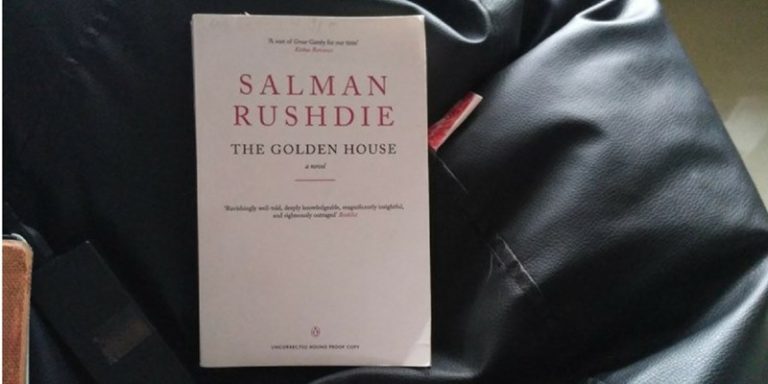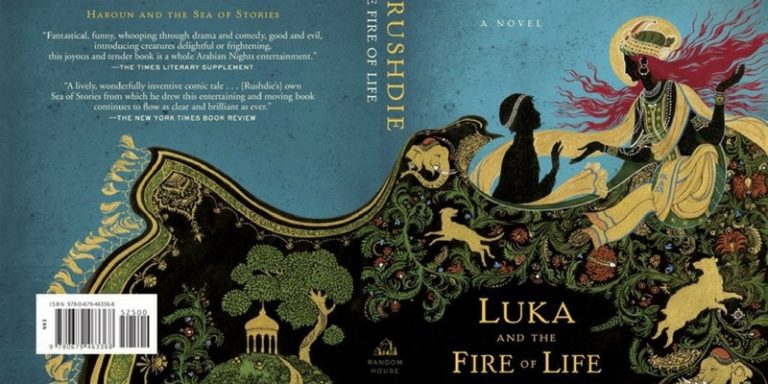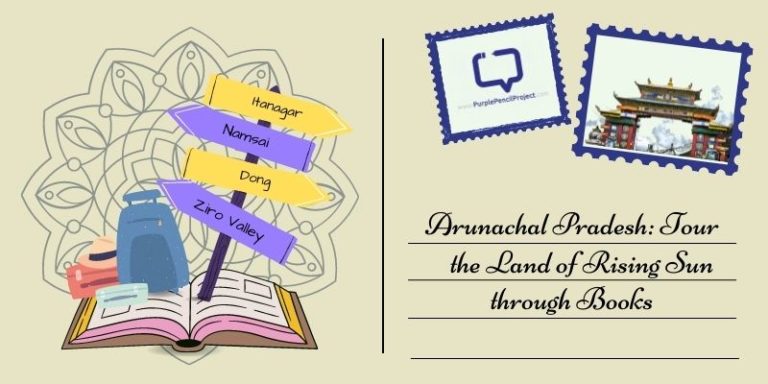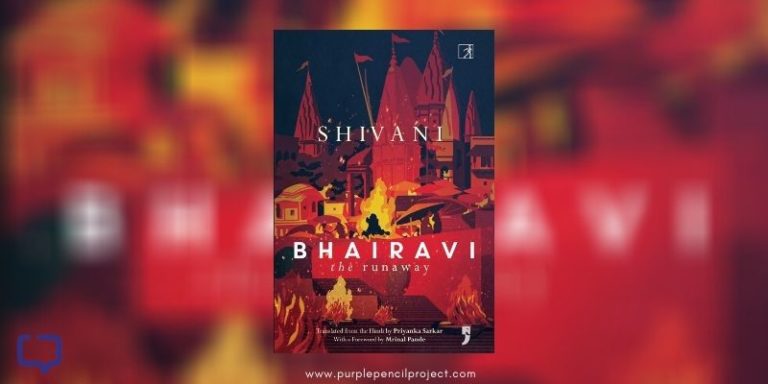Sourima Rana reviews Shadows and Secrets by Harini Srinivasan (published by TreeShade Books, 2024).
Set in ancient India during the Gupta Empire, Harini Srinivasan paints a vibrant tapestry of the socio-cultural milieu of that time and age. Like the golden cover of the book, that period of Indian history is often known as the Golden Age – renowned for its wealth, roaring commerce, generally fulfilling living standards and peaceful religious coexistence under the wise King Chandragupta II Vikramaditya.
The novel is a thrilling blend of historical fiction and detective genres, immersing readers in a nostalgic, interesting trip to the past and an intriguing murder mystery. The narrative mostly takes place in the magnificent city of Pataliputra, the details of which are richly described and enlivened by imagination.
One of Vikramaditya’s court’s Navaratnas, the renowned poet-dramatist Mahakavi Kalidasa, is a central protagonist of the story—acting as the central unifying agent. Employing a writer’s liberty, Harini Srinivasan assigns him the multifaceted role of a spy who’s also an artist, employing other fictional characters like Shaunaka and Ashwini to work in a covert intelligence network to resolve internal and external threats to the Gupta Empire.
The novel opens by juxtaposing peaceful and chaotic elements – a fawn strutting through the dew-covered grass in the early hours of dawn to chancing upon the brutally murdered, bleeding, dead body of a foreigner. It is alternately fast-paced, chaotic, as well long-drawn with elaborate discussions.
A string of gruesome murders of important personages and foreigners following the eve of a Buddhist procession sparks the events of the novel – which alternates between Nandivardhana and Pataliputra. Harini Srinivasan skillfully weaves together elements of mystery and suspense – the murders appear to be devoid of pattern, and the identity and motive of the killer remain nebulous until the very end.
Characterization
The best aspect of the novel is the detailed character sketches, which are imbued with familiarity, relatability, and aspects of comedy. The characters are multifaceted, each with their motivations and secrets, which lends unique nuances to the main plot. Although from different strata of society, they form a coterie of close-knit bonds, like an extended family.

There is an extended metaphor of a play within a play – as many characters pretend to be actors or drunken louts while they are actually spies for the King. The roundedness of the characters makes them relatable, and one becomes fond of their unique quirks. What is striking is the use of subplots and side characters, not merely to further the main aim of finding the murderer but as mini-stories in their own rights.
Thus, Chandrika has her own story of setting out to find her sister in a foreign city, her backstory of persecution, and the resolution of finding love in a home away from home. Ashwini is not merely a comic relief character, but someone who has high emotional intelligence, retains childhood curiosity, and is still an efficient, if easily impressionable, spy.
Unique Features
A notable fact is the use of Sanskrit words, invocations to the Gods, and venerated addresses to important personages—which is captivating and informative for history lovers and the common reader. Harini Srinivasan provides a detailed glossary at the end to ease the heavy usage of Sanskrit words so that non-natives can enjoy the book to the fullest.
Pathetic fallacy and synaesthetic imagery are often used as a precursor to the deaths or to magnify the feeling of being pursued by murderous lunatics. The common folks who form the backdrop lament the death of their king and his son – the scorching heat and sudden stormy months of May/June shower hail and thunder, making the atmosphere dreary and rife with perils.
Harini Srinivasan’s Writing
While it is somewhat obvious to seasoned readers of the detective fiction genre that foreigners will probably be the villains of the story, the motive remains indecipherable until the very end – where it is revealed to be a tussle between religions/religious fanaticism. The story follows our covert spies, who are jewellers’ sons, on a trip to Pataliputra from Nandivardhana – to root out the murderers and prevent further murders with the help of the local police (Dandaposika) and Mahakavi Kalidasa. Much of the speeches take place in the sanctuary of Acharya Brihaspati’s ashram – where all the major characters piece the puzzle together.
Recommended Reading: Indian Historical Fiction: Must-Read Novels
The seemingly wayward anecdotes of Ashwini’s theatre group and the role of Buddhist monks serve a greater purpose – of furthering and adding a roundedness to the plot, as well as planting red herrings for the seeker of mystery fiction to be misled by. Stereotypes are broken – the aged Ahalya Devi (paternal grandmother of Shaunaka and Ashwini) is not just a senile woman seeking piety but a keen observer and fortune teller; Shyamal, Acharya’s pupil, is not just an obedient disciple but someone who possesses talent.
The enigma of the characters helps readers navigate the murky waters of deception in the novel, and the tension, which builds to a fever pitch, is resolved swiftly at the end. The ending may feel a tad bit hurried, predictable and unfinished – as some characters have promising plots that remain unresolved. The pace of the novel, too, may seem slow in the beginning and sometimes digressive. However, that being said, the story remains well-crafted with a beautiful, harmonious integration of diverse genre elements.
Favourite Quote from Shadows and Secrets by Harini Srinivasan
No words were spoken, but their eyes spoke, promising a lifetime of love and commitment.
Conclusion
As with any detective fiction, the motto of the book rests upon a saying by the Greek philosopher Socrates: “Things are not always what they seem; the first appearance deceives many; the intelligence of a few perceives what has been carefully hidden.” Unexpected occurrences happen—like love blooming even amid unrest, death, and murders.






















